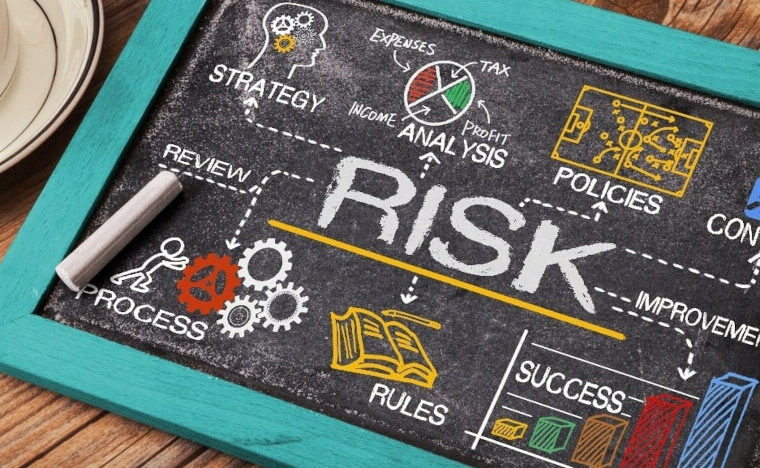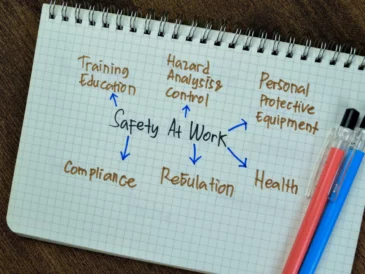Several factors contribute to the possibility of your company being labeled as high-risk. The majority of these are fairly simple to grasp, but some are not as straightforward as they appear. The first step is to determine what factors influence whether or not your company is considered high-risk. You must be familiar with the criteria used by credit card processors to place you in one of their categories. You will be able to acquire processing solutions that are tailored to your company’s specific needs once you have determined whether you are a high-risk or low-risk merchant.
What Exactly Qualifies as a High-risk Business?
A high-risk company increases the likelihood of fraudulent activity or chargebacks for credit card processors. If you intend to sell products or services using credit card payments, you will need the services of a merchant account provider. However, if the risk of your credit card transactions is too high, the vast majority of merchant account providers will refuse to work with you. You will require a high-risk merchant account to run your business successfully.
The availability of high-risk payment processors does not result in a corresponding decrease in the cost of their services. Because they are taking on more risk by working with you, they will take precautions to ensure that they are adequately compensated for the increased risk. Regardless of the numerous factors that go into the decision, it is up to the discretion of the individual service provider to determine whether or not your company is considered high-risk. Some service providers may classify you as a low-risk merchant, while others may classify you differently. Fortunately, there is a wide range of service providers available today.
What Qualities Make a Business Dangerous?
It is up to the individual payment processor to determine whether your company is considered low or high-risk. Each uses a different set of criteria to make their decisions. Some of the factors that will influence the outcome are self-evident. For example, if you provide adult services or sell weapons, you are most likely in the high-risk category. The same considerations apply if you sell CBD products or operate an online gambling site. Banks consider these companies to be high-risk because they are not viewed favourably by these institutions.
This is also true for businesses with a poor credit history or none at all. If your company sells products that are frequently returned for refunds, you can expect a high volume of chargebacks. Furthermore, if credit card transactions account for the majority of your monthly sales and your sales volume is high, your risk assessment will be elevated. As you can see, there are numerous factors to consider when making a decision.
Some Examples of Extremely Dangerous Industries

Many new businesses are surprised to learn that they are considered high-risk ventures when applying for a merchant account. Any industry that deals with adult entertainment or pornography is fraught with danger. This includes all of those companies. Furthermore, all 1800 chat and software download websites have been blocked. This includes selling any type of weapon or social networking sites. Hypnotists and businesses that sell pharmaceuticals or digital health services both pose significant risks to society.
The same principle holds for websites that deal in foreign exchange, also known as Forex. Furthermore, telemarketing firms, companies that sell extended warranties, credit repair firms, credit monitoring firms, and investment firms. Flights and reservations with travel companies, including airlines, are very likely to be canceled. Furniture and automobile retailers, as well as automotive brokers and online auctions, deal in high-priced items. Furthermore, operating a business in the United States while not a citizen of the country places you in a high-risk category.
Risk Factors Over Which You Have Control
If your business is deemed high-risk, you should expect to pay a higher fee for the services provided by high-risk payment processors. A standard merchant account’s fees are typically predetermined. The cost of a high-risk merchant account, on the other hand, is typically determined on an individual basis. As a result, it is in your best interest to make an effort to reduce the risks to which you expose yourself. To begin, be truthful in your application to avoid problems in the future.
Make an effort to demonstrate that you have capital, as this will reduce the processor’s risk. Furthermore, it would be beneficial if you could provide a history of how you have processed credit cards in the past. Confirm with the service provider whether a rolling reserve is required. This means that they will set aside some of your money to deal with chargebacks and returns. If you can keep your chargeback ratio low, the fees associated with your merchant account may be reduced. Also, make a point of emphasizing safety. If you engage in fraudulent transactions, your risk assessment will become significantly more severe.
Conclusion
A high-risk business venture is not always a bad thing. Numerous payment processors are interested in assisting your business. To meet your needs, it is critical to choose a provider who is familiar with your industry. There is no getting around the fact that you will have to pay more for their services; however, you will be unable to function without them. As a result, you should make every effort to reduce the level of risk to which you are exposed, but you should not lie about it. Develop a strong relationship with your service provider to avoid unpleasant shocks and surprises. Furthermore, applying for services is free, so don’t be afraid to look around.





